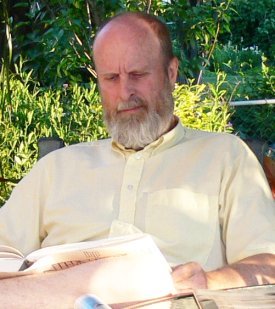






The dark desert varnish provides a strong contrast to the underlying red rock. Native Americans used this contrast to make petroglyphs or rock art. Simply scraping through the desert varnish, native Americans left panels providing records of events, hunting information, instructions on how to follow them, etc.
These panels are part of the heritage of the Native American peoples and are protected by law. However, as can be seen in the second image, modern graffiti occasionally intrudes on the panels.
The first five are on the rock walls on Highway 279 just outside Moab (i.e. on the north bank of the Colorado River). Some are close to the level of the river bank. Others, as in the third and fourth images, are fairly high up the cliff wall and would have required some effort in reaching the panel during its creation.
Smaller, more crudely made pictures can also be found as seen in the fifth image.
The appearance of the panels along Highway 279 (the first five images) differs somewhat from the panel found in Arches National Park along the trail to Delicate Arch (sixth and seventh images). A park sign along that trail attributes this panel to members of the Ute nation. Note this panel was made after 1600 CE because hunters are shown riding horses. Horses were not introduced into the area until after 1600.










































